The violin duo has a long history as a genre, extending from at least as far back as the Baroque period to the present day. The duo has frequently served a pedagogical function, allowing teacher and pupil (or a pair of pupils) to experience the joys and challenges of ensemble playing under the simplest possible conditions. Occasionally, some compositions for violin duo have reached beyond the walls of the practice studio into the realm of high musical art. The collections by Mozart and Bartôk come readily to mind. It is in the spirit of the duo as high art form that the pieces on this recording have been created for the distinguished duo of János Négyesy and Päivikki Nykter. Far from being “practice pieces,” the works on this disc reach toward the outer limits of contemporary virtuoso writing for the violin.
Closest in spirit to the historical antecedents in this genre are the Seven Songs by Otte, which were inspired by Négyesy and Nykter’s recording of the Bartôk duos. Also remaining true to the history of violin duos as collections of miniatures, but at the opposite extreme stylistically, are Korneitchouk’s Short Circuits, of which two out of three volumes are presented here. These miniatures feature extreme discontinuity in their gestures, resembling in this respect Cage’s Freeman Etudes. They also challenge conventional notions of ensemble, with each player moving as if in his own orbit. Burkhardt’s The Second Order features a comparable variety of playing styles, but with a more readily apparent interaction between the parts.
The remaining works on the disc lie somewhere between Otte’s stylistic ties to European tradition and Korneitchouk and Burkhart’s Cageian delight in unusual means of sound production. Thompson’s Flexure presents a seamless interaction between the instruments, beginning with a Ligetian tangle of intertwining lines in non-coinciding rhythms and proceeding through a variety of perspectives on connectivity in curved spaces. Both Vérin’s Chassé-croisé and Carrick’s Masculin-Féminin, however, set the players off as opponents to one another. With a touch of wit, Carrick uses quarter-tone scordatura to represent the lack of accord between an ill-fated couple.
Greene’s To Look Within adds an element of theater by repositioning the second violin in each section of the piece, thus providing multiple perspectives on a grieving soul’s dialog with itself. Alternating between poignant resignation and anguished protest, this piece reaches beyond abstract compositional concerns in pursuit of poetic complexity. Like each of the works on this recording, it represents a transformation of the humble origins of the violin duo into “something rich and strange.” How fortunate it is for the composers that in Négyesy and Nykter they have found performers who are able to keep pace with the extremes of their creative imaginations.
— Ronald Squibbs, PhD



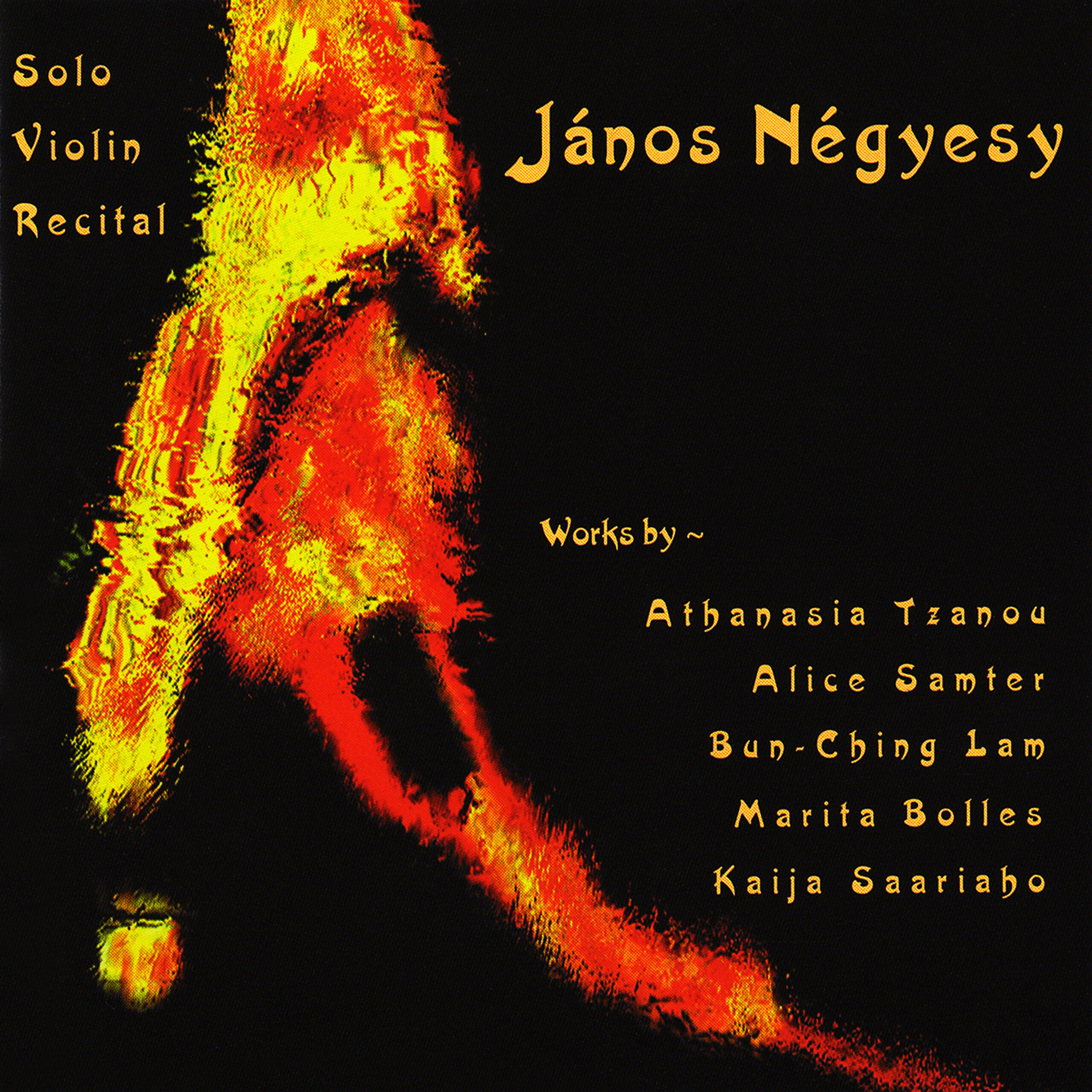
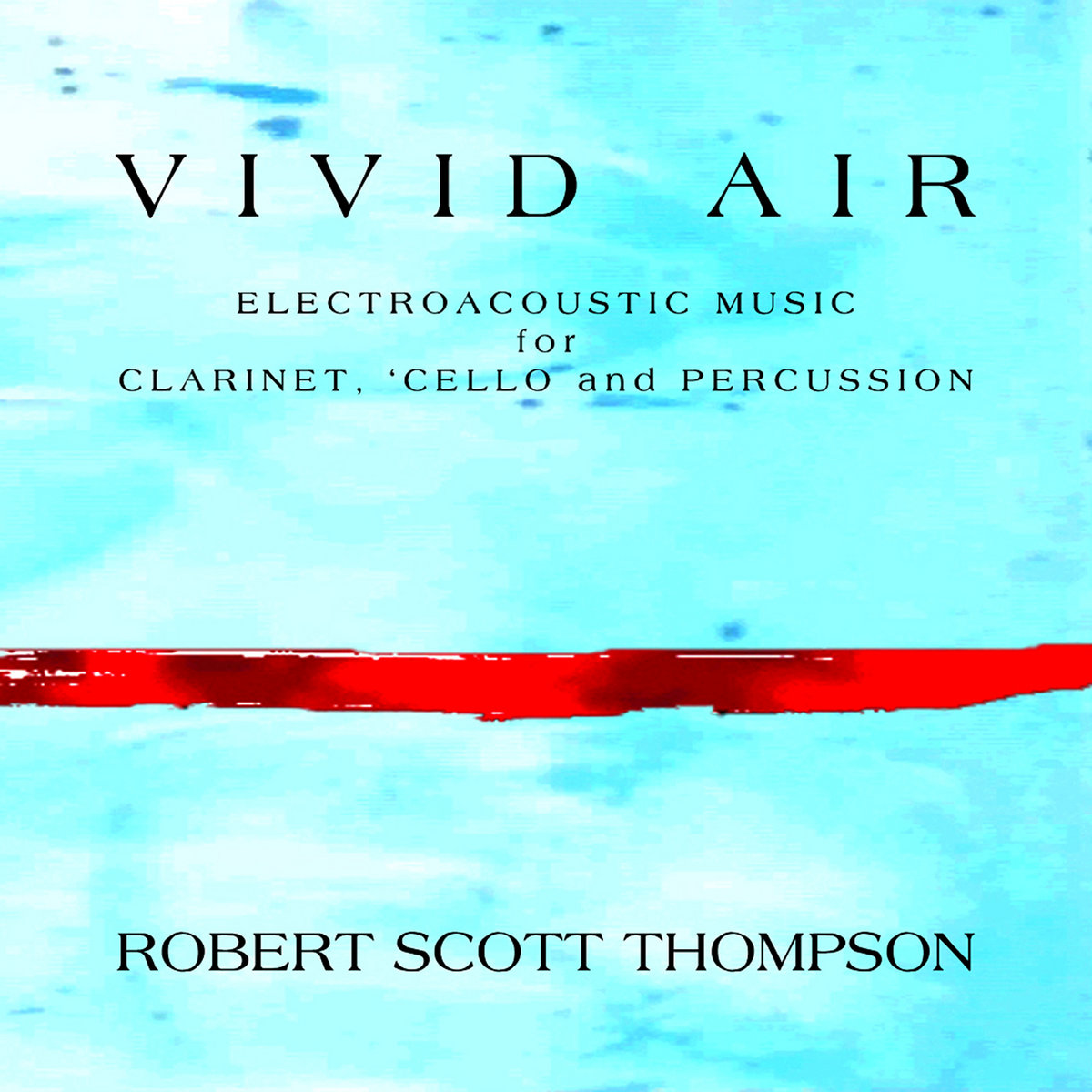
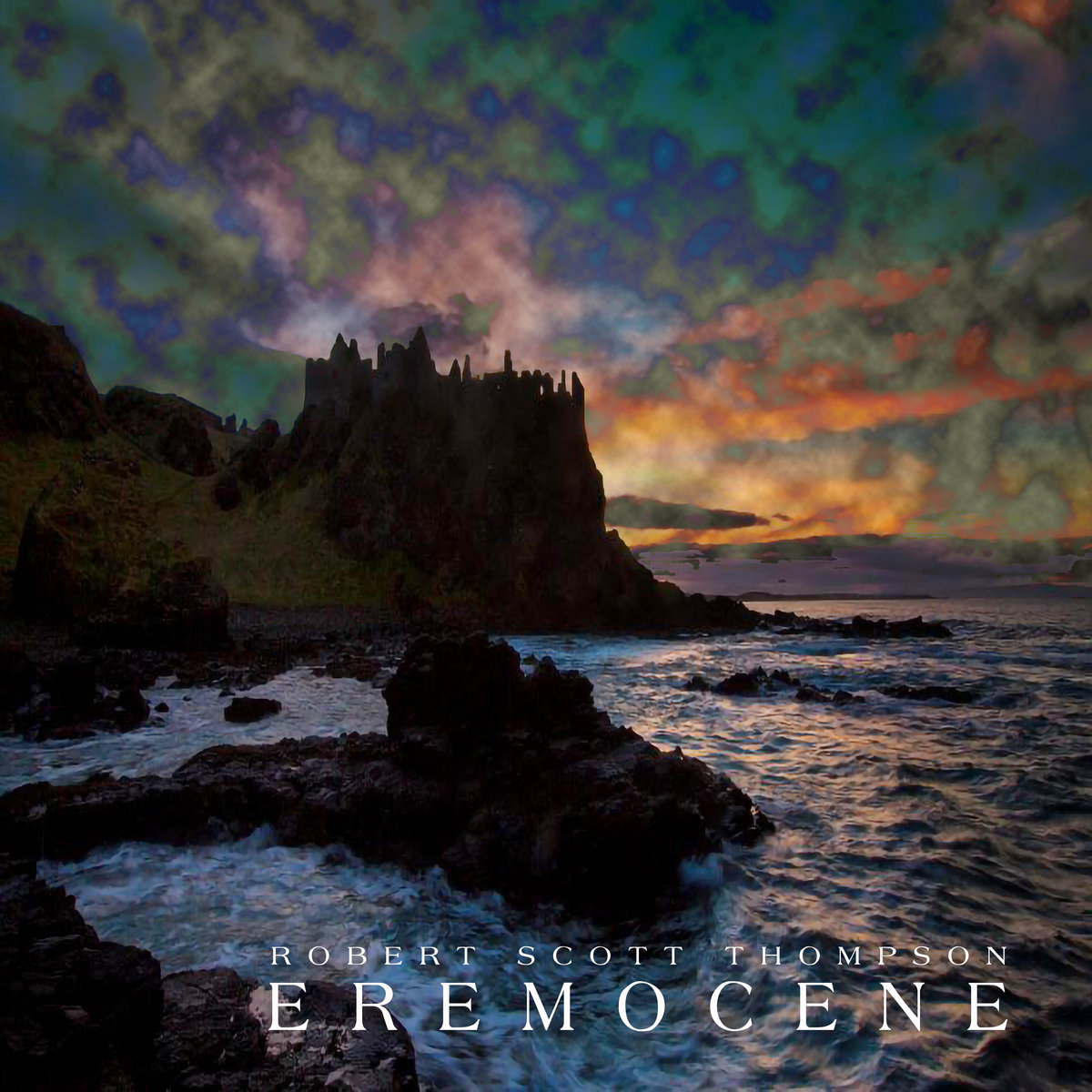
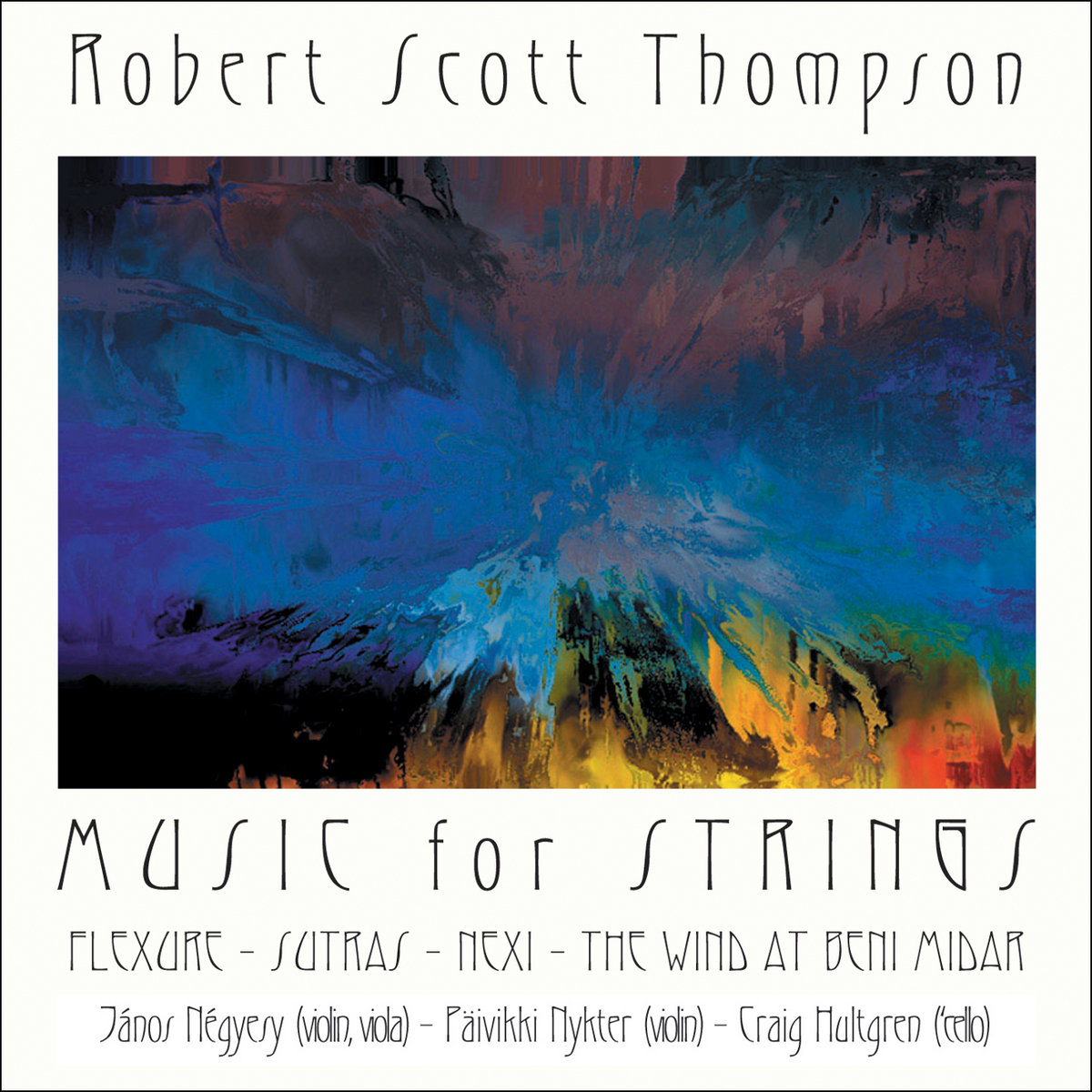
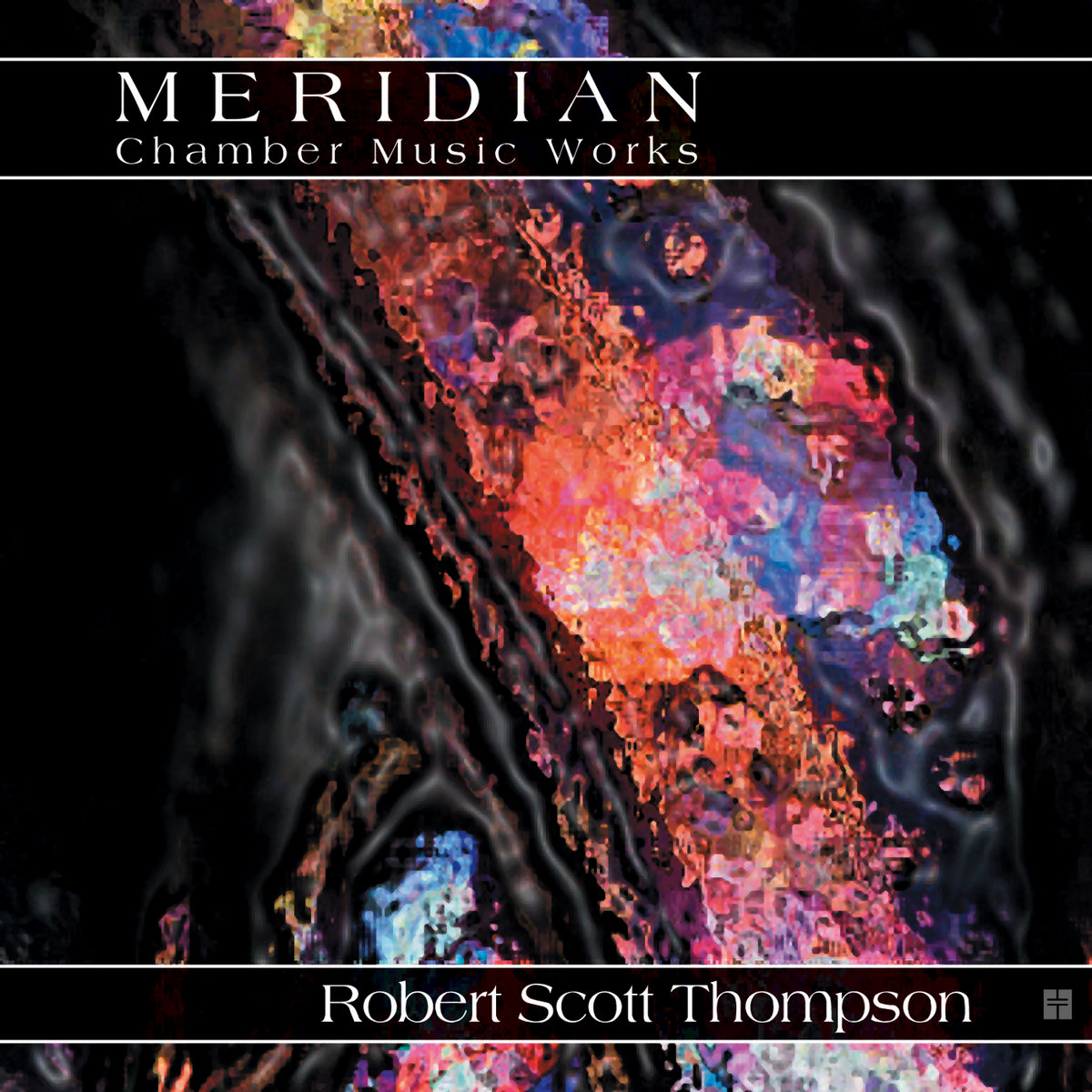
Reviews